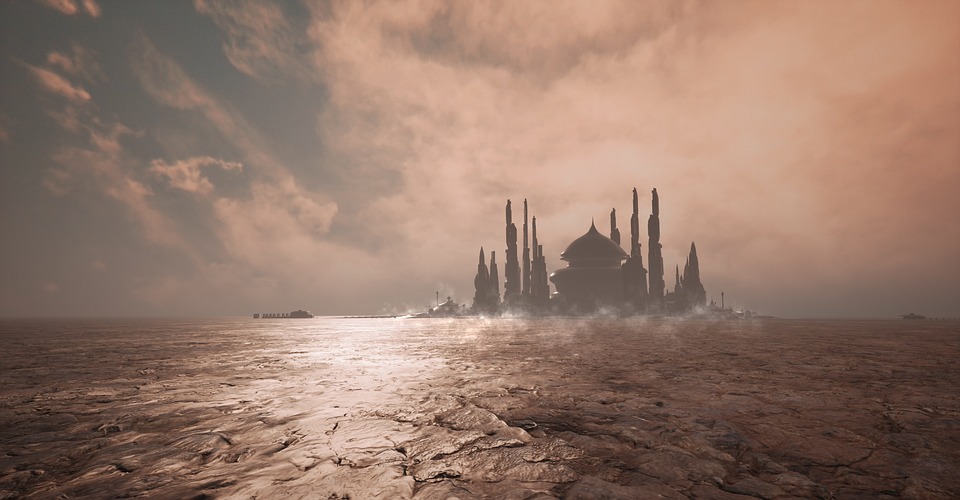Title: Mystic Mojo of Vodún: Delving into Cuba’s African Influences and Spiritual Traditions
Introduction
Cuba is a land of vibrant culture and diverse traditions, shaped by decades of history and deeply rooted in African heritage. Among these influences, the mystical and spiritual tradition of Vodún is one of the most intriguing. Drawing from ancient African religions and forming an integral part of Cuban society, the Vodún tradition has been vibrant and dynamic, offering intriguing practices, rituals, and beliefs that continue to captivate many who seek a journey into its world.
Origins of Vodún
Vodún or “Voodoo,” as it is commonly known, originates from the Fon people of West Africa, particularly from present-day Benin, Togo, and Nigeria. The Yoruba and Dahomey people developed this practice which blends complex religious and spiritual teachings that date back centuries. With the transatlantic slave trade, many followers of Vodún were brought to Cuba, where the practice took root and evolved over time.
Vodún’s Integral Role in Cuban Culture
Cultural and religious syncretism spurred the blending of European Catholicism with established African traditions in Cuba, and Vodún became an essential part of this unique fusion. Defying erasure in a predominantly Catholic society, Vodún survived, retaining its powerful influence over Cuban life in various ways. Today, Vodún remains an enduring aspect of Cuban culture, celebrated in spirituality, music, dance, and art.
The Spiritual Traditions of Vodún
Central to Vodún are its spiritual entities called “Orishas.” These divine beings work as intermediaries between the human and spiritual realms. They embody various aspects of nature and human life, ranging from thunder and fire to love and justice. Connecting with the Orishas occurs through intense rituals, offerings, music, and dance, all of which promote harmony with the spiritual world.
The Practice of Divination
Divination plays a crucial role in Vodún, where practitioners, or “Vodunistas,” seek insight and guidance from Orishas. Through various methods, including throwing rocks, shells, or coins, or observing animal entrails, practitioners gain a sense of direction in their lives.
Festivals and Rituals
Vodún celebrations and rituals give way to a spectrum of colors, emotions, and unity. These festivals often take place at sacred spaces known as “Petro,” where followers gather to commune with the Orishas in ceremonies that include drumming, dancing, singing, and soulful exchanges.
The Importance of Community
Vodún serves as a powerful force in fostering community, specially designed to create and maintain social bonds. It coalesces a sense of unity as practitioners conscientiously work together to achieve a common goal: accessible spiritual guidance, protection, and communal happiness.
FAQs
1. What are the fundamental principles of Vodun in Cuba?
Vodún is a practice primarily based on building a relationship with nature and spirits known as Orishas. Symbolizing various aspects of life and the environment, the Orishas serve as intermediaries between the spiritual and material realms. Central tenets include fostering community, harmony with nature, and spiritual guidance.
2. Is Vodún still practiced in Cuba, despite the country’s strong Catholic influence?
Yes, Vodún has endured centuries, evolving and adapting alongside other Cuban religious practices. Its syncretism with Catholicism allowed it to survive and continue shaping the rich tapestry of Cuban culture.
3. Are the rituals of Vodún private or public?
Vodún practices can be both private and public, often celebrated and shared within the community. Skeletal structure for ceremonies includes drumming, dancing, and devotional offerings to the Orishas.
4. Are the practices of Vodún largely passed down through generations?
Yes, the practices of Vodún are primarily taught through oral traditions. Yet, curiosity sparked by popular culture often led many nonoriginators to explore this spiritual path.
Image Suggestion
To represent the spiritual connection between practitioners and the divine beings, consider an impactful image of a Vodun ceremony. The photograph should capture the essence of the gathering, highlighting the intense rituals, radiant dancers entranced in rhythmic drum circles, and the effervescence of celebration.
Conclusion
The mystic mojo of Vodún remains an intriguing aspect of Cuba’s African influence and spiritual traditions. Steeped in rich history and cultural amalgamation, Vodún has been instrumental in offering guidance, protection, and community to its followers. As the spiritual practice continues to evolve and captivate, Vodún remains a symbol of the enduring African cultural legacy in Cuban society.



